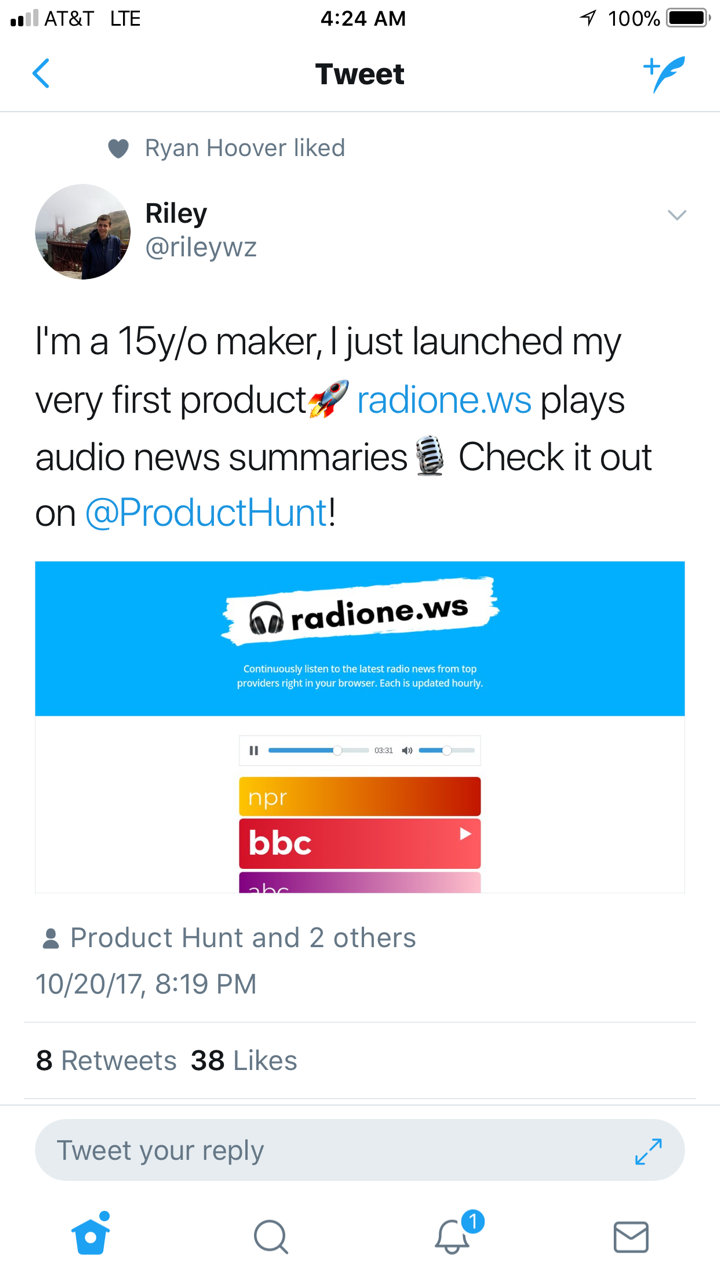SEO Results: How Long Does It Take For SEO To Work?
Quick Summary of Contents
- 1 Typical SEO Errors
- 2 Unreliable hosting environment.
- 3 SEO-Friendly website architecture and URL structure.
- 4 Using a sitemap, .htaccess, web.config, and robots.txt files.
- 5 Domain age and authority.
- 6 Targeting Keywords.
- 7 On-page and off-page optimization.
- 8 High-quality content marketing and frequency increase SEO results.
- 9 Measuring SEO results goes beyond SEO rankings.
- 10 SEO is not about being swift as much as it is about enduring until the end to sustain lasting SEO results.
I’m constantly asked about the length of time it takes to see SEO results and why results cost so much.
It’s to the point that I now start most conversations by informing the customer that it takes anywhere from 1 hour to years to see SEO results.
 Based on the website’s health and a long list of various SEO attributes, customers could immediately see positive or even negative SEO results.
Based on the website’s health and a long list of various SEO attributes, customers could immediately see positive or even negative SEO results.
So there, I said it. You can expect to see positive or even negative SEO results immediately.
The irony in making such a broad, sweeping statement is that neither party has an accurate definition of “immediately,” nor can either party definitively express in great clarity what “SEO results” are and are not.
SEO professionals’ lack of clear definition and communication typically sets unrealistic expectations in both time and results for most website owners.
And confusion enters amongst a twisted he said, she said game of trying to figure out whether SEO results were delivered as promised and on time.
For this reason alone, I set clear definitions and expectations for the SEO actions to be performed in a correct manner regardless of time.
I perform SEO services, coach and consult customers to measure SEO efforts, and do not focus on finite time as the end-all measurement of success.
 Potential customers have elected not to hire Kickstart Commerce on the basis of not being able to guarantee position ranking by a finite date.
Potential customers have elected not to hire Kickstart Commerce on the basis of not being able to guarantee position ranking by a finite date.
The irony is that most come back after becoming a victim of the time and results trap, as well as a variety of common pitfalls of small business SEO.
However, the time it takes to see beneficial SEO results hinges on a large number of SEO factors, and time is the least of those.
Below are some areas of interest that you should ask your SEO professional about, as well as guidelines to follow as it relates to your SEO efforts to increase search rankings and traffic in the shortest period of time.
Typical SEO Errors
Most of the time, immediate SEO results can be captured within 1-14 days by fixing obvious website errors such as 404 error pages due to broken links, incorrect use of canonical or 301 redirects, and lack of consistent optimization techniques.
Customers are quite surprised to see the negative impact on their SEO efforts due to such errors.
Using a free SEO tool, such as Screaming Frog, can not only help you eliminate typical SEO errors, but you can use this ace-in-the-hole tool to gauge the work of your SEO professional.
Unreliable hosting environment.
Very much like real estate is about location, location, location, it is imperative that your website be hosted with a trustworthy, reliable, and scalable web hosting provider.
Website owners can reap great search ranking benefits by not hosting in shared environments and choosing to host their websites using virtual or dedicated server hosting.
I’ve seen search ranking jump exponentially, moving customers from shared to dedicated hosting environments.
SEO-Friendly website architecture and URL structure.
An area of great concern for enhancing your website’s search ranking and traffic is website architecture and URL structure.
Carrying as much weight as selecting a hosting provider, it is imperative to use a website architecture and URL structure that is conducive to optimal search ranking.
That means minimizing or compressing all CSS and javascript files and ensuring such files are linked to as external files and not included in code.
So often, I will do an SEO review and audit of a potential customer’s website only to find non-search-friendly architecture, content organization, and URL structure.
Architecture and content organization, and creating URLs that are search-friendly (i.e., URLs not containing special characters) is a must.
Be sure to select a content management system (CMS) that has been designed and developed to be search engine friendly. Some CMS examples that provide a variety of plugins to boost the search optimization of your website are as follows:
Using a sitemap, .htaccess, web.config, and robots.txt files.
Another huge area for increasing search ranking is the use of sitemaps, robots.txt, and .htaccess or web.config files.
If you’re not using a sitemap, you are missing out completely on a simple tool to inform search engines of your website’s architecture and linking structure.
You can make a sitemap by hand, automatically create a sitemap when using a CMS, or use a sitemap creation service.
The .htaccess (Linux hosting environment) and web.config (windows hosting environment) files are files to help not only increase search rankings but also help to secure and improve the overall health of websites. Both files can be structured to prevent the following, to name a few:
- website hacking.
- increased page load time using caching and compressing a variety of file types.
- correct broken links.
- redirect old pages to new pages.
- redirect non .www to www.
- URL rewriting to search-friendly URLs.
- create custom error pages and more…
And last but not least, a good robots.txt file can be used to prevent search bots and crawlers from crawling areas of your website that you don’t want them too.
You can also prevent indexing using robots in addition to using the robot’s meta tag on website pages.
Even if you don’t have such a need, it is best to keep a blank robots.txt file in your website’s root folder or home directory.
I can’t tell you how many times I’ve had potential customers call and want their website to rank like yesterday or today, like a minute ago.
Unfortunately, when interviewing these potential customers, they informed me that they just launched their website, and the domain was only a few weeks or months old.
One reason that SEO takes time and is ongoing is that SEO factors a domain’s age and authority, rather than the number of backlinks a website commands, into search ranking.
There was once a time in search when you could pay for a universe of links and wake up with substantial search rankings the next day.
But this is no longer the case for SEO, as paid links are now considered black-hat and deceptive SEO.
If you want to rank, you’ll have to put in the time and effort it takes to generate content that naturally links and ranks your website as an authoritative domain.
In the meantime, keep working hard and allowing your domain to age.
With each year that passes and as the domain ages, you’ll receive a little SEO rankings boost, seeing you have abundant high-quality content.
Targeting Keywords.
I’m not sure we need to spend too much time targeting keywords. After all, so much time has been spent focusing on keywords since SEO came to life.
I’m sure you know your competition’s keywords and your industry keywords and buzzwords like the back of your hand.
If you don’t, then you are severely behind and need to get busy learning the importance of keywords and their impact on SEO efforts.
So the first thing is first: know your competition and target market keywords.
I will advise you to focus on long tail keywords as opposed to the expensive and highly competitive head keywords.
This doesn’t mean that you do away with head keywords, though.
You need head keywords, but a good percentage of highly converting traffic will likely come from long-tail keywords.
Previously, there was a mass effort to target keywords and include keywords in content a certain number of times.
Search algorithms have gotten hip to the game of keyword stuffing, so be sure that your content reads well for customers first and search engines last.
More weight will be given to naturally and socially shared content versus content used only to rank well in gaming search engines.
On-page and off-page optimization.
A very critical area as it pertains to driving SEO results in a timely manner is the correct execution of sound on-page and off-page optimization tactics.
On-page optimization guidance for timely SEO Results.
We discussed a few on-page tactics above, such as architecture, URL structure, high-quality content, and keywords.
Other imperative on-page optimization tactics are to ensure you use meta, header, and no anchor tags appropriately. Be sure that title and description tags are unique for each page.
In addition, make sure your content is at least more than 600 words in length, a personal preference of mine.
Also, don’t forget to add images within the content to help break up the text and add keyword descriptions to images using alt-image tags.
Be sure to include internal links to and from other web pages on your website and external links to other websites you mention throughout your website and blog.
Off-page optimization guidance for timely SEO results.
As for off-page optimization and ensuring optimal search results in an expeditious manner, one key area to focus on is ensuring you receive a variety of links from various domain extensions.
Having credible, high-quality links from .gov, .edu, .org, and .net, in addition to .com websites, will help build and sustain ranking.
In addition, I recommend forum and blog commenting in a way that is not considered spam.
When commenting on forums and blogs, add value to related websites with high-quality content.
For example, don’t post comments on a dog forum when your business talks about birds.
Another off-page optimization option is guest blogging. I hesitantly make this suggestion because search engine algorithms could consider guest blogging a black hat in the future.
Allowing guest blogging on your own blog and guest blogging for other websites can be very effective link-building.
But to be effective and deemed successful, remember to write content informing and educating customers about how to solve a problem versus blanketing content with links and keywords galore in an effort to game search engine rankings.
And last but not least, be sure to provide social media buttons to allow for your content to be shared, increasing the natural link-building count.
High-quality content marketing and frequency increase SEO results.
So everyone believes “Content is King” when it comes to SEO results. Content is the crux of the future of search engine optimization.
If your content is not unique and written solely to educate, inform, and solve customer issues, then you’re only setting yourself up for SEO failure in all aspects.
As I stated before, be sure to write content that is longer than 600 words in length, and don’t duplicate the content throughout your website.
I encourage you to write several posts about specific keywords but do so in many of address different issues from a variety of standpoints.
Gone are the days you could simply spin articles and duplicate content for the sole sake of ranking on the first page of search engines. You now must be willing to spend time and effort to ensure your content is unique and naturally shared frequently.
Speaking of content marketing frequency, if your expectation is that you’ll rank on page one by doing one post a week or month, then you are sadly mistaken and lengthening your timeline in achieving profitable SEO results.
In reality, you’ll have to make one or multiple unique posts per day over a 2-3 month period to garner substantial SEO results quickly, adhering to all of the guidelines above.
The more content you create, and the more others throughout the web share the content, the greater chance you have to not only increase your ranking but also to sustain your search ranking.
Measuring SEO results goes beyond SEO rankings.
Your SEO efforts are more than rankings and more than reaching the number one spot like yesterday. Re-read the previous sentence seven times!
Many of you are placing all of your hopes and dreams of your business succeeding on the love and favor of search engines. The reality is that you are playing with fire and only one algorithm away from closing the doors of your business.
No one’s business should ever rely solely on search engines, ever! Search engines are fickle and always changing, to say the least.
One minute, certain aspects are white hat and okay to perform, and the next minute the same action could be classified as black hat and detrimental to your website’s search ranking and the overall health of your business.
In addition to monitoring and tracking search positioning and ranking, focus on defining the following metrics as they relate to your website and using SEO tools to help prove and validate SEO efforts:
- bounce time
- time on site
- conversion rate
- traffic sources
- keyword traffic and conversion.
SEO is not about being swift as much as it is about enduring until the end to sustain lasting SEO results.
In closing, SEO is a forever-moving target of actions that change at a moment’s notice for the good and bad of search as a whole.
 As those who have had terrible SEO experiences learn, whether in-house or outsourced SEO efforts, one should not focus on trying to hit a forever-moving target only once or by a certain date.
As those who have had terrible SEO experiences learn, whether in-house or outsourced SEO efforts, one should not focus on trying to hit a forever-moving target only once or by a certain date.
Trying to pinpoint or give an exact timetable as to when a customer should see SEO results is pointless.
For there to be a win-win for all parties involved in a profitable SEO effort, both the customer and SEO must accurately define, set, and measure the expectations of what SEO results are in association with the customer’s website.
Only then can SEO professionals and website owners truly begin to understand the baseline in which SEO work will be performed, measured, and sustained, benchmarking over time whether the SEO efforts performed brought about positive or negative results.
Should SEO professionals be able to indicate with a clear date in mind when customers should expect to see results? Why or why not?












